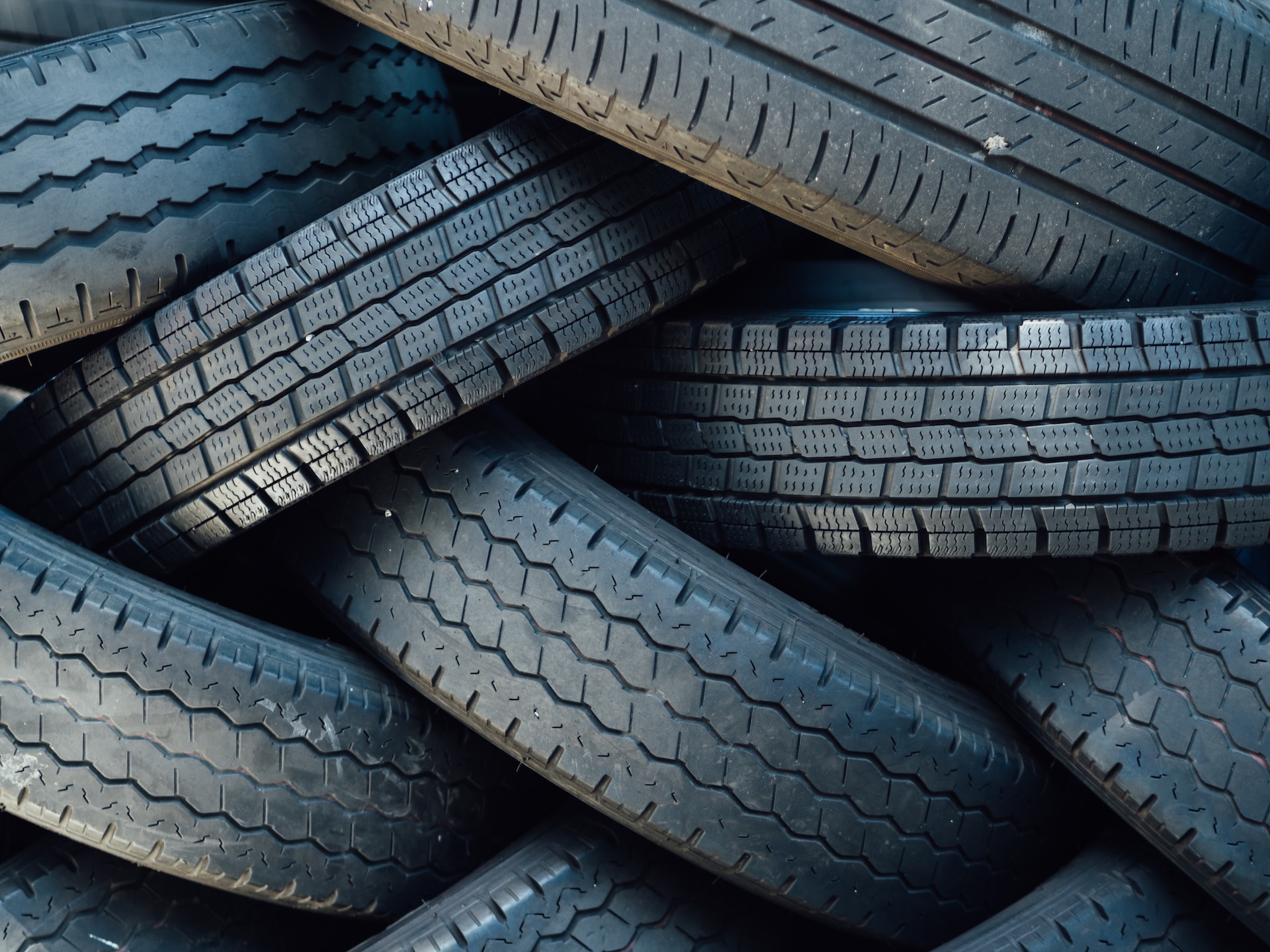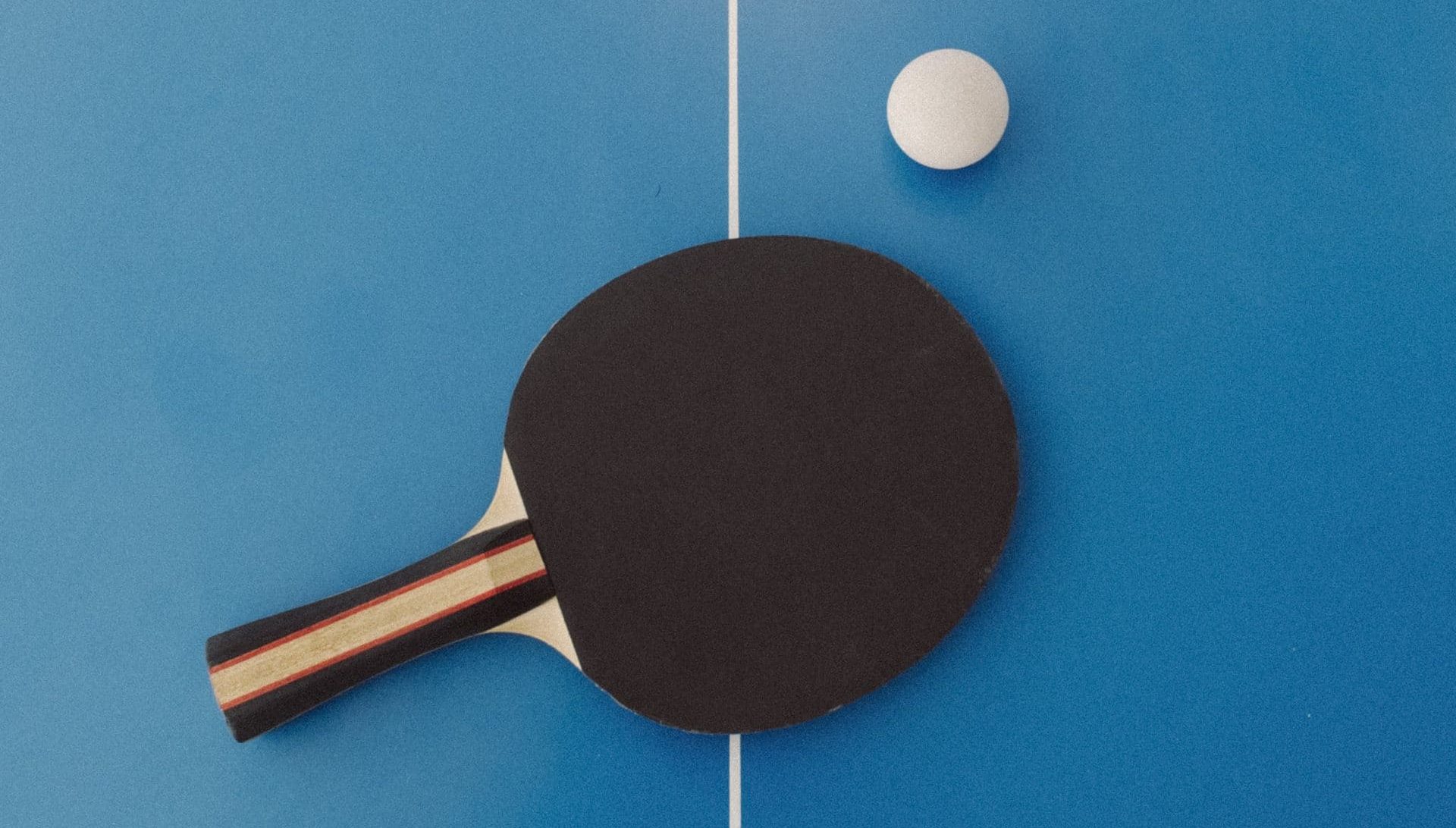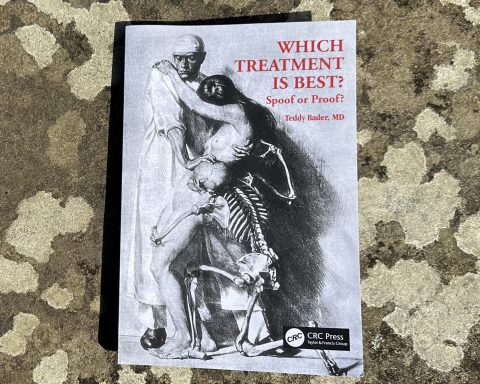
It was 1981. As a GP trainee I walked into the Automobile Association shop in Brighton and saw a cheap, yellow, elegant polypropylene car tyre foot pump. I realised that this would be ideal when attached to a nebuliser unit for asthma emergencies when I was on community duty.
At the time, asthma call outs were fraught, as either intravenous theophylline or subcutaneous terbutaline were used, and both required a needle for administration. The concept of a mist as treatment was popular with patients, and hospitals had started to use expensive, cumbersome electric compressor-driven nebulisers to replace these former needle-delivered treatments.
I had read about the use of cheap foot pump nebulisers for patients in Papua New Guinea in a letter published in the Lancet,1 yet a metal, oily car foot pump did not seem appropriate for a clinical setting in the UK. I tested this plastic foot pump with an Acorn nebuliser unit and the combination delivered an efficient mist. Salbutamol nebuliser solutions containing concentrated doses of sympathomimetics were increasingly becoming available surpassing pressurised aerosol inhalers, which had yet to have Spacer devices. I wrote about my suggestion in Modern Medicine magazine2 and then went back to everyday practice.
Unbeknown to me a consultant paediatrician had contacted the Birmingham-based plastic-injected moulding company and asked for at least 20 such foot pumps for his patients. He had already confirmed the particle sizes leaving the device were ideal for medical nebulisation delivery. The company owned its own patents on the foot pump and the managing director decided to make a medical version with silicone seals, thus oil free, a stainless-steel spring, and a replaceable one-micron filter.3
I was invited by the company to become the medical advisor to the company, and worldwide sales of this simple, white clinical version rocketed. I had concerns about medical litigation if there was a death using the device but there was safety in the fact that the patient needed an assistant to use the device and a prescription from a responsible doctor for the nebulising solution.
“… it was a unique moment where a GP trainee’s flash of lateral thinking led to a device that helped many … “
After about 3 years sales plateaued, and I was asked to assist in finding other clinical uses for the device. The device never entered the US market, which was in part due to litigation insurance cost.
Thus, I looked for other uses of this device, such as safer pain management with nebulised diamorphine and morphine, but despite some published work this did not find a place in clinical care.4
The Managing Director asked me to investigate the World Health Organization-sponsored nebulised measles vaccine research programme, which was being developed by Albert Sabin, the oral polio vaccination pioneer.5 At the time, the measles vaccine needed to be stored in a temperature-controlled environment so access to electricity was vital. If there was electricity, then compressors for nebulisers would be available negating a need for the foot pump. It must be appreciated that nebulisers are wasteful as only 10 per cent of the mist is delivered to the lungs, so costs of vaccine would be much more expensive than other drug delivery methodologies.
Asthma management was changing, and inhaled steroids were replacing oral steroids for brittle asthmatics with considerably less side effects and with regular use: less asthma exacerbations. Later developments in respiratory care meant that patients with chronic obstructive respiratory disease could be managed with long-acting sympathomimetics delivered by pressurised aerosol inhalers rather than nebulisers. Inevitably as nebuliser use declined, I was asked to resign my paid medical advisor position at the company, and we parted amicably in 1986.
I had enjoyed this brief creative endeavour and I simply returned to exploring other pertinent issues related to everyday general practice. To my surprise, sales of this British medical device continued for many years and I only learnt this year that the company had now stopped production. Perhaps it was a unique moment where a GP trainee’s flash of lateral thinking led to a device that helped many (both doctor and patient) manage more effectively an unpredictable and frightening disease.
References
1. Shann F. Nebulised sympathomimetics in childhood asthma. Lancet 1981; 1(8215): 329.
2. Masters NJ. A practical cheap way to treat status asthmaticus in the home. Modern Medicine November 1981 page 20
3. Dineen M. West Midlands: Life after the car. Jim Price: Turning an old tyre pump to a new medical -and- commercial use. The Observer 1982; 31 Jan.
4. Masters NJ, Bennet MR, Wedley JR. Nebulised Morphine: a new delivery method for pain relief. Practitioner 1985; 229: 649–653.
5. Sabin AB. Immunization against measles by aerosol. Rev Infect Dis 1983; 5(3): 514–523.
Featured photo by Goh Rhy Yan on Unsplash.








